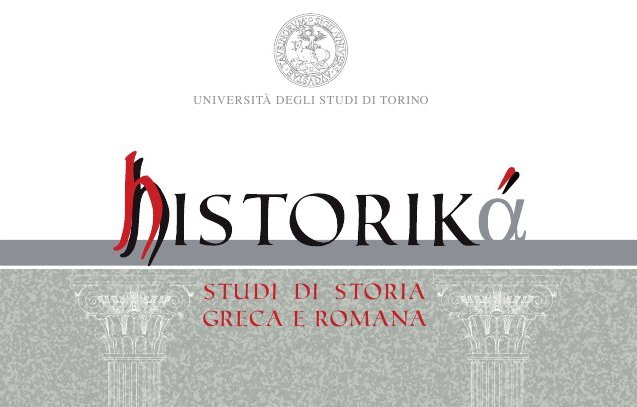Nomothesia e amministrazione finanziaria: frammenti epigrafici di ‘costituzionalizzazione’ e sviluppo istituzionale nell’Atene di IV secolo
DOI:
https://doi.org/10.13135/2039-4985/4186Abstract
L’articolo affronta la questione delle modifiche al merismos – la legge che nel IV secolo allocava i fondi ateniesi alle varie casse statali – imposte per decreto in IG II3 1 327, 452 e 355, ma da far ratificare ai nomothetai. Inserendo queste iscrizioni nel contesto più ampio degli sviluppi delle finanze e dei processi legislativi ateniesi, l’articolo avanza una nuova ricostruzione di come queste modifiche venissero legittimate da un punto di vista istituzionale, e di quali effetti questa legittimazione avesse sul ruolo dei nomothetai e sullo sviluppo dell’amministrazione finanziaria ateniese. Nel fare questo, l’articolo impiega metodologie tratte dal New Institutionalism e analizza forze e debolezze degli approcci tradizionali alla storia istituzionale ateniese.
This article tackles the problem of the changes to the merismos – the law that in the fourth century allocated Athenian funds to various treasuries and magistrates – ordered by decree in IG II3 1 327, 452 e 355, yet to be ratified by the nomothetai. By analysing these inscriptions within the wider context of Athenian finances and lawmaking, the article proposes a new reconstruction of how these changes were institutionally legitimised, and of the effects that this legitimation had on the role of the nomothetai and on the development of Athenian financial administration. In doing so, the article uses methodologies from New Institutionalism and assesses the strengths and weaknesses of traditional approaches to Greek institutional history.
##submission.downloads##
Pubblicato
Fascicolo
Sezione
Licenza
Gli autori che pubblicano su questa rivista accettano le seguenti condizioni:
- Gli autori mantengono i diritti sulla loro opera e cedono alla rivista il diritto di prima pubblicazione dell'opera, contemporaneamente licenziata sotto una Licenza Creative Commons - Attribuzione che permette ad altri di condividere l'opera indicando la paternità intellettuale e la prima pubblicazione su questa rivista.
- Gli autori possono aderire ad altri accordi di licenza non esclusiva per la distribuzione della versione dell'opera pubblicata (es. depositarla in un archivio istituzionale o pubblicarla in una monografia), a patto di indicare che la prima pubblicazione è avvenuta su questa rivista.


 The journal has been approved for inclusion in DOAJ. The DOAJ listing of the journal is available at
The journal has been approved for inclusion in DOAJ. The DOAJ listing of the journal is available at 

